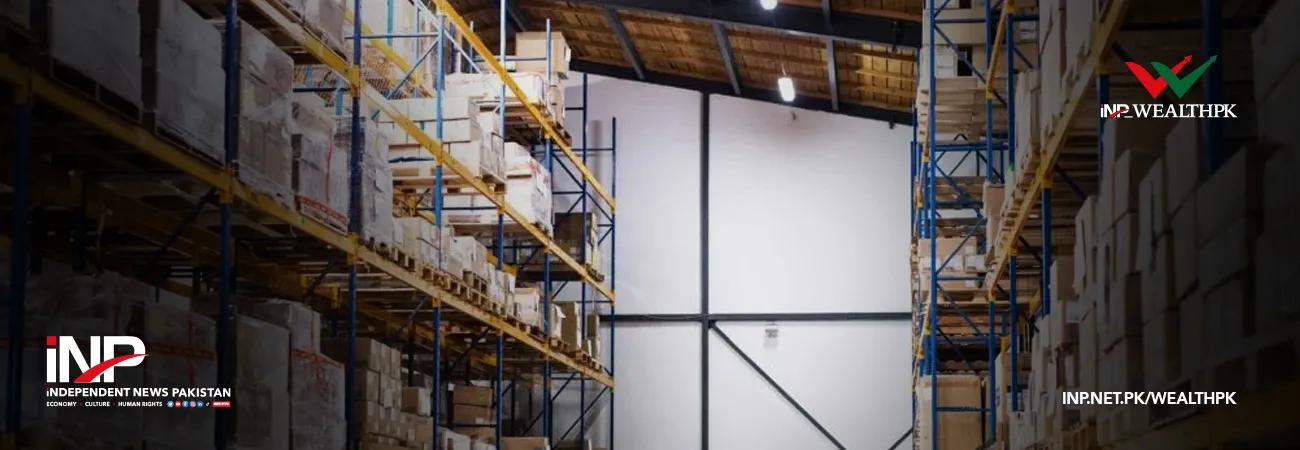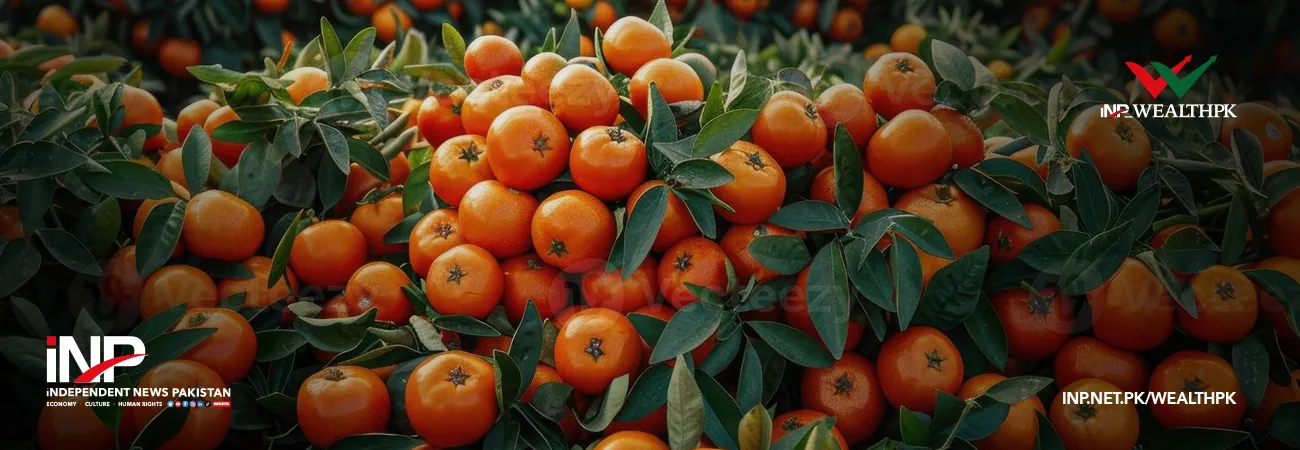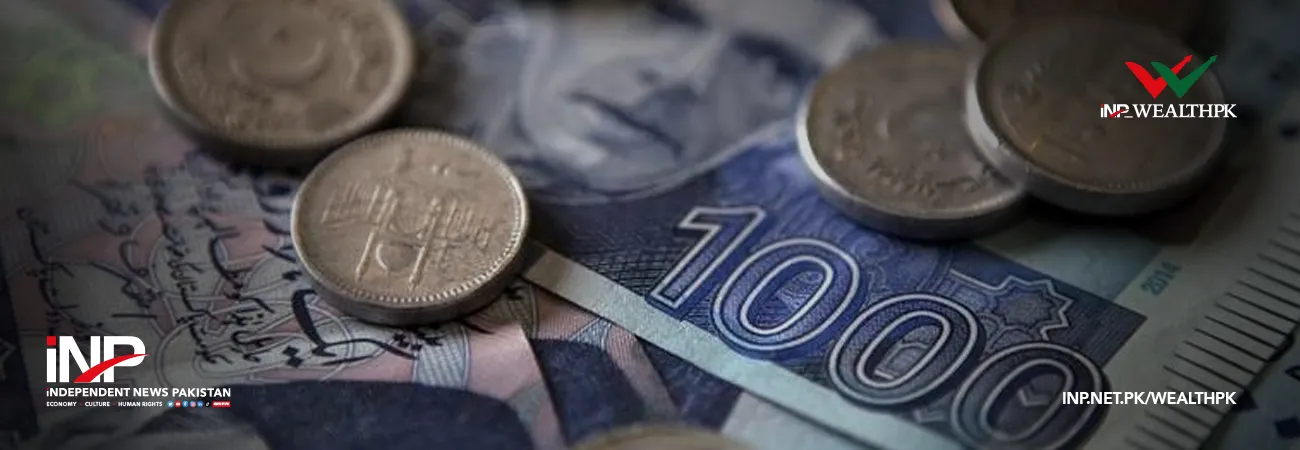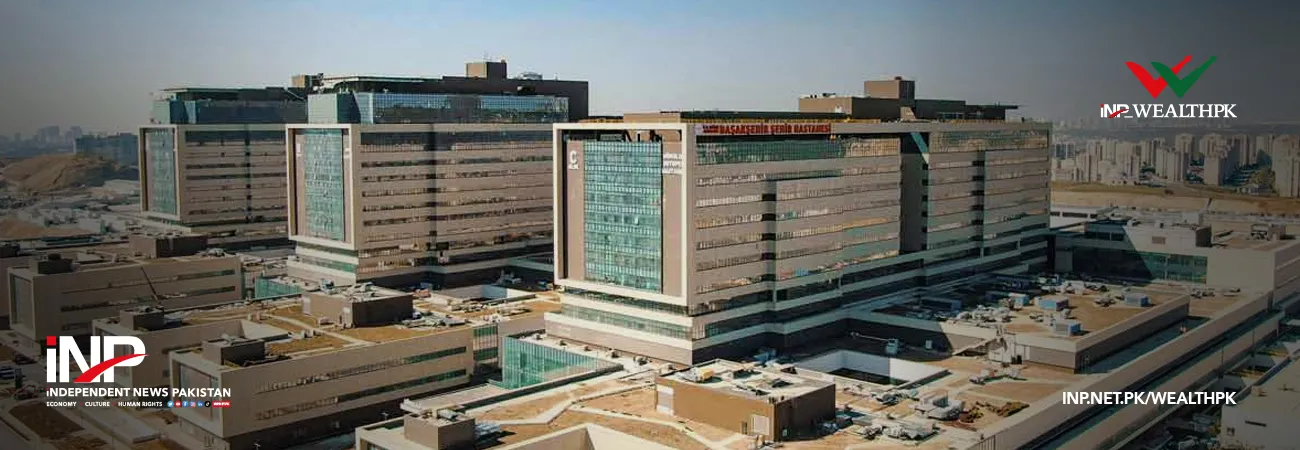INP-WealthPk
By Abdul Wajid Khan ISLAMABAD, May 18 (INP-WealthPK): The ministry of finance has said that though the economic recovery is underway inflationary and external sector risks are creating macroeconomic imbalances, and Pakistan’s economic growth may be affected if geopolitical uncertainty and the upward trend in commodity prices continue, reports WealthPK. According to the latest monthly economic outlook report of the ministry of finance, the changing domestic and international scenario over the course of time was posing inflationary and external sector risks and causing macroeconomic imbalances. Though government policies have somewhat helped contain the pass-through effect of the increase in global commodity prices, still the consumer price index (CPI) inflation is expected to increase and remain in double digits. The report noted that the monthly economic indicators (MEI) remained strong, though some slowdown in growth had been observed since February 2022. The report further noted that growth in economic activity had been fluctuating around 4% for the last two months. Moreover, the report said that economic activities in Pakistan’s main trading partners continued to remain slightly above the trend, notwithstanding some slowdown observed due to geopolitical uncertainty and surge in commodity prices. The report noted that Pakistan’s exports of goods and services were expected to continue their upward trend due to the government’s export-oriented policies. While imports were expected to remain at the level with domestic economic activity and surging international commodity prices. Resultantly, trade deficit was expected to remain around $3 billion in April 2022. Remittances were expected to remain high as compared to previous months due to the Eid factor. The report pointed out that during the first nine months of the current fiscal year (FY2021-22), the Federal Board of Revenue exceeded its revenue target by 5.8%. This was despite the massive tax relief given on various essential items to the people. Similarly, various policy and operational measures have been initiated to maximise revenue potential through digitisation, transparency and taxpayer facilitation. All these efforts have not only ensured the ease of doing business but also translated into healthy and steady revenue growth. The high inflation accompanying with monetary policy reaction may temporarily reduce growth prospects in the short-run. But in the long-run, economic growth and employment will be determined by Pakistan’s productive capacity. This requires more productive investments from both foreign and domestic sources. The report highlighted that both energy and non-energy prices surged in March 2022 by 24.1% and 8.1%, respectively. Among key sub-groups, agriculture commodities jumped 7.2%, fertiliser 20.7%, metals and minerals 7.7% and precious metals 5.3%. In real sector, production of all important Kharif crops was encouraging. Cotton production increased 17.7% to 8.3 million bales, rice by 10.7% to 9.3 million tonnes, sugarcane by 9.6% to 88.8 million tonnes and maize by 8.6% to 9.7 million tonnes. During July-February FY22, large-scale manufacturing (LSM) posted a growth of 7.8% compared to 2.2% during the same period last year. The fiscal deficit in July-March FY22 was recorded at 4% of gross domestic product. The primary balance posted a deficit of Rs447 billion. During the period from July 1 to April 1, money supply (M2) observed a growth of 2.7% (Rs665 billion) compared to a growth of 6.7% (Rs1,439 billion) last year. During July-March FY22, the current account deficit was recorded at $13.2 billion. The report noted that Pakistan required a substantial upward shift in the propensity to invest to ensure that a larger share of the income that the country generated was used to finance Gross Fixed Capital Formation. The report further noted that structural policies were to be further designed to attract more productive investments from foreign sources (foreign direct investments) and from both domestic private and public investors. It emphasised that strengthening Pakistan’s overall supply side through tapping into its productive potential would allow it to produce more for exports and to discourage imports. These prospects would relax the external constraints that have historically weighed on Pakistan’s economy, and which have caused regular balance of payments crisis and an accompanying stop-and-go profile in economic growth path, the report concluded.













